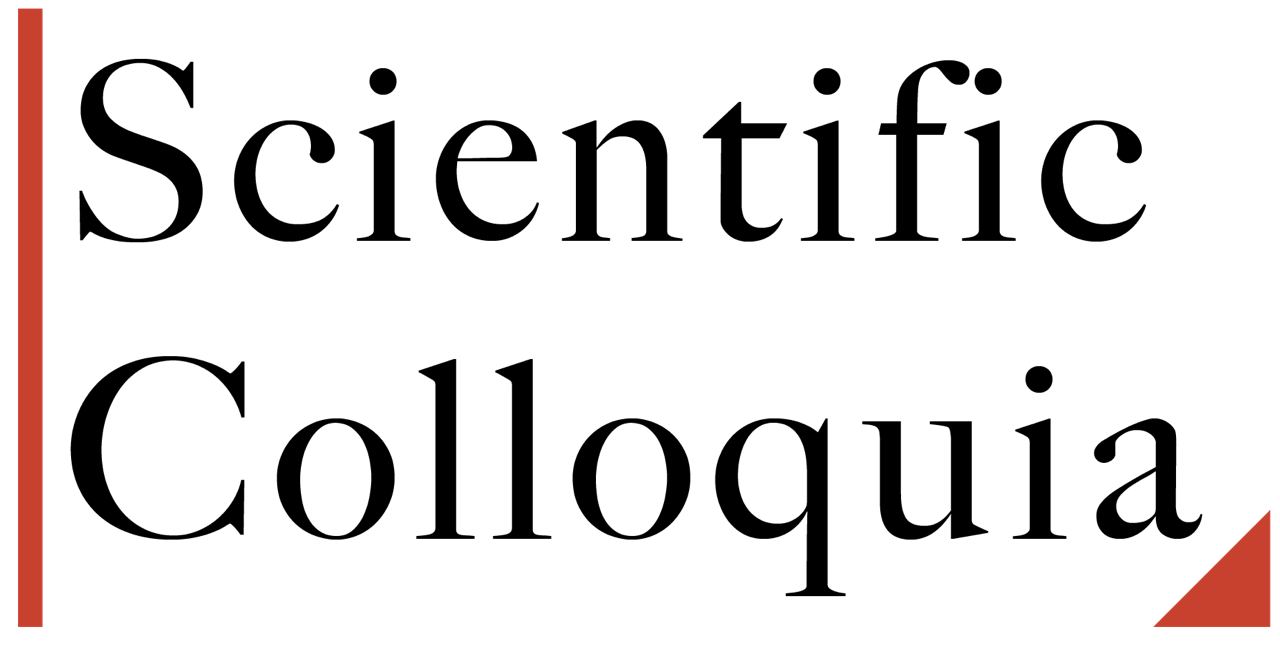
Unveiling the faintest side of the Universe: discoveries, structure and open issues on ultra-diffuse galaxies
‣ Personal details
Family name: Iodice, First name: Enrichetta
Researcher unique identifier(s): https://orcid.org/my-orcid?orcid=0000-0003-4291-0005
URL for web site: https://sites.google.com/inaf.it/enrichetta-iodice/home
‣ Education
26/10/2001 PhD
International School for Advanced Studies of Trieste, Italy.
Supervisors: Dr. M. Arnaboldi, Prof. L.S. Sparke and Prof. P. Salucci
Title: Formation Scenarios for Polar Ring Galaxies
13/11/1996 Master Degree in Physics, summa cum laude
University of Naples “Federico II”, Department of Physics, Italy
Supervisor: Prof. M. Capaccioli.
Title: Structure of Early-type galaxies
‣ Current position
2004 - present Associate professor, staff
INAF-Astronomical Observatory of Capodimonte, Naples, Italy
‣ Previous positions
2019 - 2020 Internship/science visitor as Associate Astronomer
European Southern Observatory, Garching, Germany
2001 - 2003 Post-doc Fellow
INAF-Astronomical Observatory of Capodimonte, Naples, Italy
1999 PhD visiting student
University of Wisconsin, Department of Astronomy, Madison, USA
‣ Research achievements
My scientific research is in the extragalactic field. It focuses on both observational and theoretical
aspects of the structure, formation, and evolution of galaxies, in groups and clusters, based on
imaging and spectroscopy, in the optical and near-infrared wavelength range. From 2014, I
became a leading expert in deep wide-field imaging and, from 2016, I gained similar experience
with spectroscopy, guiding several large projects. The major achievements are obtained in the LSB
science, i.e. structure of the stellar halos and intra-cluster light, detection and analysis of dwarf
galaxies and UDGs.
‣ Peer recognition
- 2025-ongoing: Chair of the INAF Scientific Committee
- 2024-ongoing: Euclid DR1 Local Universe (LU) Key Project (KP) Coordinator for the
KP-LU-DR1-3, titled "The Fornax Cluster: New Insights from Euclid”
- 2023-2026: appointed as selected Italian representative on the ESO Users Committee. In
2025, I am chairing the UC
- 2023-ongoing: Head of the INAF Coordination Centre for the VST
‣ Science leadership
- 2023-2025: PI of the interdisciplinary (funded from MUR 2022) project entitled “Exploring
the extreme universe: a preview of the galaxy Structure to be Unveiled from the Next
geneRatIon aStronomical survEys (SUNRISE)”
- 2021-ongoing: PI of the ESO large program entitled "Looking into the faintEst WIth muSe
(LEWIS)", funded from INAF in 2022
- 2016-ongoing: PI of the deep imaging survey “VST survey of Early-type Galaxies
(VEGAS)"
- 2018-2022: co-PI of the deep imaging survey “Fornax Deep Survey at VST (FDS)"
- 2018-2022: co-PI of the spectroscopic survey “Fornax3D ( F3D)"
‣ Professorship
- 2021: University of Vienna. Course title: Assembly of galaxies in groups and clusters.
- 2024-ongoing: University “Vanvitelli” of Caserta, Physics department. Course title: i)
Introduction to Astrophysics, ii) Astrophysics of Galaxies.
- Programma
- Ospite
- Participante
- Previsione
- Commenti
I dati meteorologici non sono attualmente disponibili per questa località
Bollettino meteorologico
In corso stec_replace_today_date
stec_replace_current_summary_text
stec_replace_current_temp °stec_replace_current_temp_units
Vento stec_replace_current_wind stec_replace_current_wind_units stec_replace_current_wind_direction
umidità stec_replace_current_humidity %
Sente-se como stec_replace_current_feels_like °stec_replace_current_temp_units
Previsione
Data
Clima
Temperatura
Next 24 Hours
Offerto da openweathermap.org
